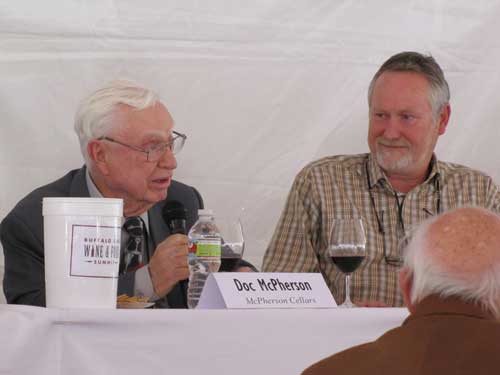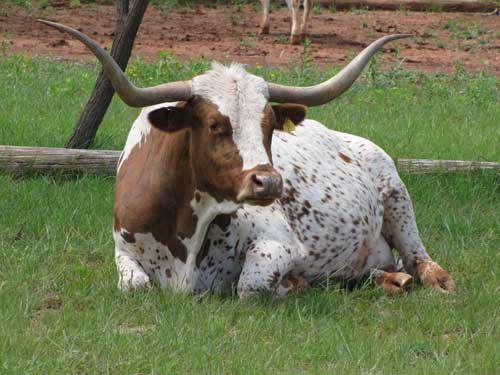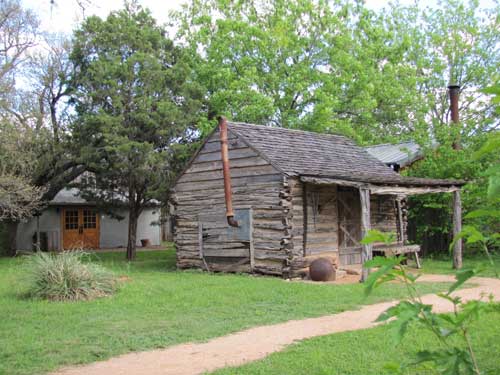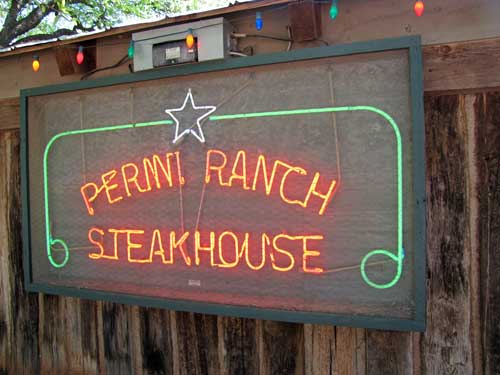
Ten Things I Learned About Wine, Food and People at the 2010 Buffalo Gap Wine & Food Summit
1. Court of Master Sommeliers – Deductive Tasting Format. This was a technique that I learned at a CMS class in Houston many years ago when Guy Stout brought it to town for the first time. Use all of your senses to position the wine in the global wine world: Sight, Smell, and Taste.
2. In Guy’s Tasting Panel (Wine…Why you like it) held bright and early yesterday morning, he proved that most wines can be described by asking yourself only four questions: Old world or new world? Warm climate or cool climate? Grape variety? Oak aging and type (American/French, etc)? Gosh…I love the smell of Cabernet in the morning!
3. Grapes that we commonly know can be crafted into wines of extremely different character that sometimes fool us. Dr. Clay Cockerell showed his winery’s stuff by pouring two Sauvignon Blanc wines. One was dry and made sur lee in a Graves (French) style and the other was late harvested and fooled the crowd.

4. In Guy’s panel, I sat and tasted next to Clint “Doc” McPherson, the now 90+ year old college prof and prime mover of the modern Texas wine industry. The most surprising comment that he told me and later told the crowd was that “I’ve seen more grape vines pulled out than anyone.” This is a testament to post prohibitionist Texas laws and tea toating sentiments, and chaulk up the rest to Texas’s learning experiences. Except in rare locations, Texas just ain’t Burgundy and not Bordeaux either. It’s in the tough box of a warm growing region that has to face the impact of late spring freezes. Texas needs to focus on varietal selection (those from Italy, Southern France and Spain or hybrids like Blanc Du Bois and Black Spanish) and innovative vineyard practices to fight freezes.

5. There is a difference in what your beef eating experience will be depending on what you serve with beef. Leave the sweet sauces for pork and use accoutrements that have “umami” (the savory fifth taste). Things like mushrooms, blue cheese, bacon enhance the beef eating experience.
6. You might be able to tell the differences between dry and wet aged beef and grass and grain feed beef if presented side by side. The dry aged beef had a noticeably different nutty flavor component and was a bit richer than wet aged beef. However, wet aging is the preference in the marketplace these days for economic and supply-side reasons. Grass feed beef was slightly less moist than grain feed (probably from lower fat content); they have nearly the same omega 3’s.
7.The key to making multigenerational wineries work is likely very much the same as how it works in other family business. Families need to stress perfection, friendship and respect. Most second-generation family members have worked in the business (as kids doing odd jobs like restocking the soda machine), left and returned later in life. Some are focusing their energies on a second label (likely creating something that’s their own). A good example is father-son team of Michael and James Stewart (Stewart Cellars / Singshot). The father is making a great $60 Napa Valley Cabernet while the son is turning heads making an excellent $20 Napa Valley Cabernet that his friend can afford.
8. Texas needs to take a page from California’s Napa Valley winegrowers and winemakers. Texas needs to focus on the selection of a few grape varietals that want to grow in Texas….plain and simple, hardly! When you talk to the Napa Valley growers, they nearly unanimously say “Cabernet just grows and we have to do very little to it”. When you talk to the Napa Valley winemakers, they say “We just bring it in the backdoor of the winery and it nearly makes wine by itself.” Texas has discovered better varietals for its climate; Viognier and Tempranillo and its working on the next set of “keepers” such as Roussanne, Vermentino, Mourvedre, and Grenache. I hope that they can find a why to work with Chenin Blanc, to make a mainstream Texas wine because it likes to grow here, too.

9. Texas wines to try: Becker Roussanne, McPherson Rosé, Flat Creek Pinot Blanc, Brennan Vineyards Viognier, Llano Estacado Cabernet Sauvignon Mont Sec Vineyard.
10. Tom and Lisa Perini (Perini Ranch and Steakhouse) show their dedication to their business of feeding people and doing it well, but also their love of food and wine and the desire to educate people so that they can best enjoy the experience.


Sorry for the typos today. I was blogging live and late for the morning festivities. I just edited it.
Regards,
Russ
Wines in Texas seem to taste really good especially when utmost perfection is applied on its creation.